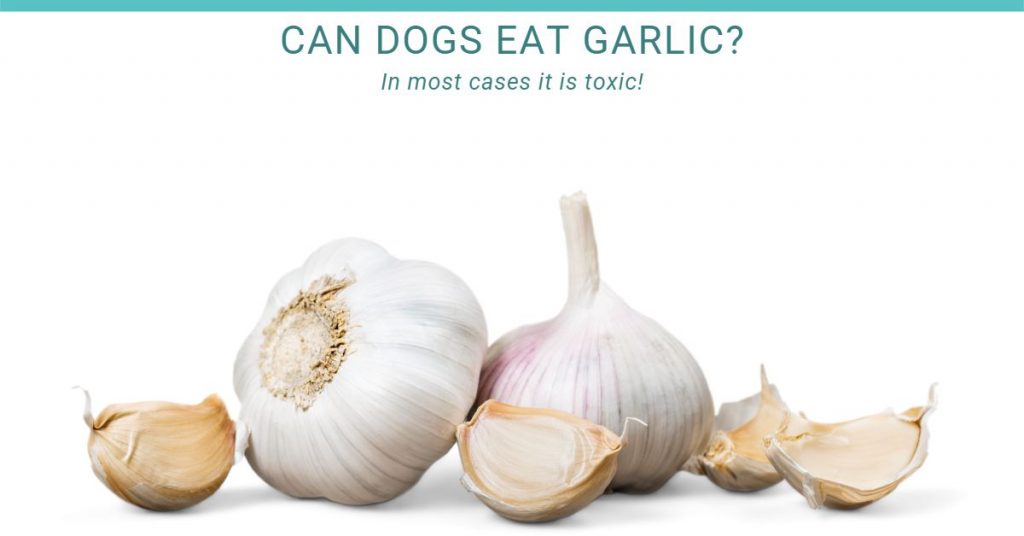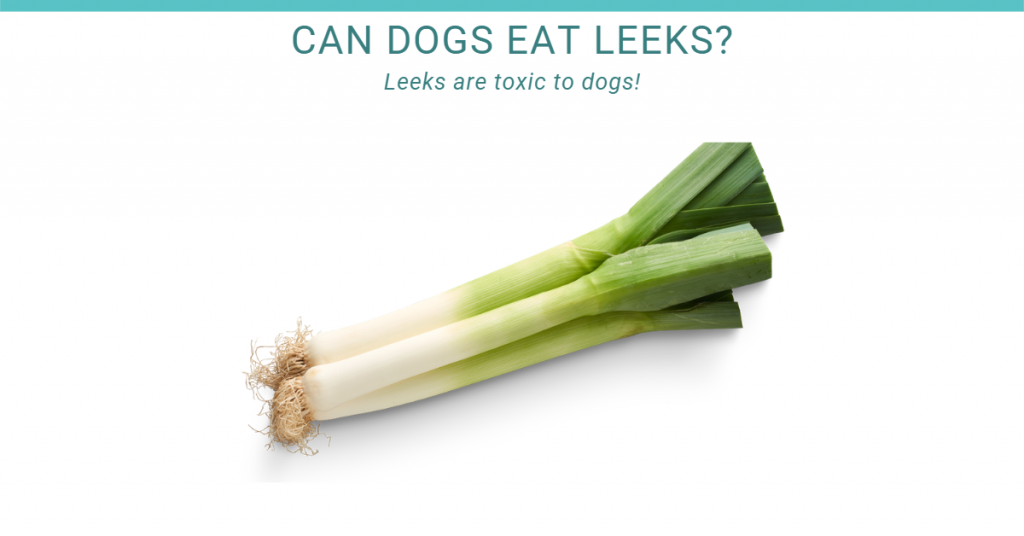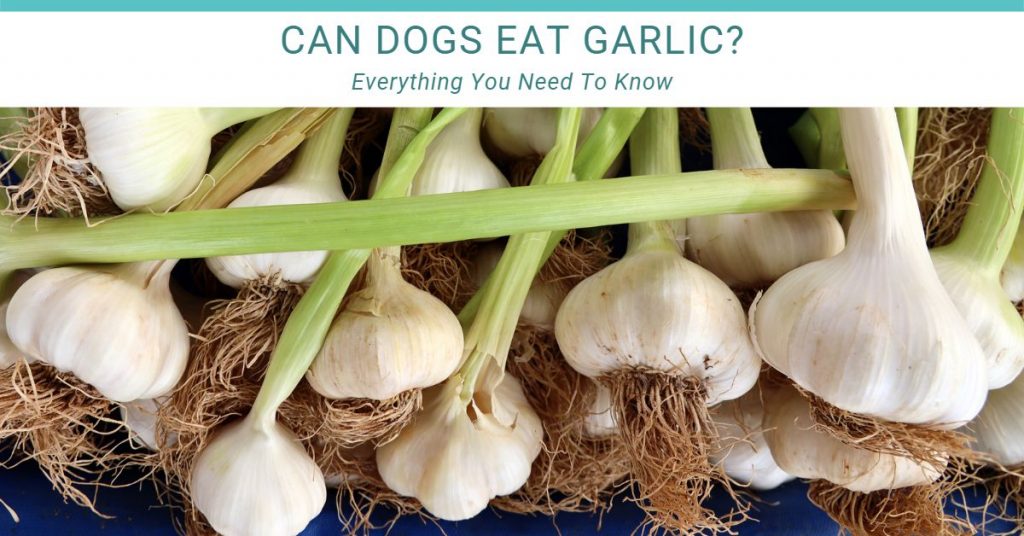Can Dogs Eat Alliums? Are any Safe?
To get right to the point, No dogs can not eat alliums!
First, let’s start out by defining what an Allium actually is. Alliums are any flower that consists of a true bulb or sometimes rhizomes, that has the classic onion or garlic smell. These plants create the classic smell by producing a chemical know as sulfoxide. Typically both the bulb and the leaves are edible to humans and are used in culinary dishes around the world.
Most of us know the culinary uses of Alliums, but are alliums toxic to dogs? Pretty much all of the plants in the allium genus are toxic to dogs. This doesn’t mean that if your dog ate an allium bulb you should panic. Chances are pretty high that your dog will survive unscathed. Depending on what the bulb was, its size, and the size of your dog the actually reactions will vary. So if you are wondering what part of allium is poisonous to dogs, all parts contain the same toxins. Your dog should not be able to eat any part of an allium.
You should contact your veterinarian and be able to answer all of the above questions. The vet will want to know what was eaten(was it garlic, onions leeks etc), they should ask you how much was eaten, how long ago was it consumed, and your dog’s weight. You should also specify if you have a Japanese breed of dog. Some of them are more prone to allium toxicity. Call immediately, there is about a 2-hour window where they can induce vomiting if needed.
There is an exception to this rule. Garlic for example is toxic only in high doses, while it can be beneficial in small quantities. Holistic medicine proponents may support the use of garlic in a dog’s diet. I have more information on this below.
However, most of the other plants in the species do not have evidence to support any benefits with dogs. It is best not to feed your dog anything from the Allium genus unless specified by your vet. So can dogs eat Alliums – the answer is mostly no.
Species Of Toxic Alliums –
While all things in this genus are toxic, here are the top 5 that should not be around your dog.

Allium sativum – Garlic
This species is commonly known as garlic. There is much evidence on the web that garlic is toxic for dogs. If you do a quick google search for this topic you will see hundreds of results that flat-out say it’s toxic. This simply isn’t the truth. Much of what is written seems to be based on a single study that happened about 22 years ago. If this were the only study around then I would be right there saying the same thing.
The main issue with the first published study is the approach that was taken and the amount that was fed to the dogs. Not all of the detail was specified, however, they did say they gave 5g/Kg of raw garlic clove equivalent per day to each dog. That was approximately 3-4 bulbs per day for the larger dogs in the study. They also used tubes to get the garlic into the dog’s GI tract. They were not able to get the dogs to voluntarily eat that much raw garlic.
However, I have found evidence from a more recent scientific study that suggests the opposite. Scientists found that adding a small regimented amount of garlic to dogs’ food actually increased immune response in those dogs. The study conclusion says that 90mg/kg of garlic per day was an acceptable level that achieved positive outcomes. This study concluded that the correct amount of garlic is good for dogs.
So going back to the initial study that says garlic is toxic. In that case study, they fed the dogs enormous amounts of garlic. I highly doubt anyone reading this has 30 bulbs of garlic laying around their house for their dog to eat. I personally don’t keep more than 2-3 bulbs at home. I only keep a small amount because it typically sprouts before I get to use all of it. If you do keep 30 bulbs of garlic at home please comment below on how you store them!

Allium Cepa – Onion
The onion is the most toxic plant in the allium family for dogs. It is also the most widely grown vegetable in the world next to tomatoes. Its culinary uses are far and wide. Onions are used in breakfast, lunch, dinner, and most likely even desserts. As a result, it is very common for people to have large bags of onions at home. These bags should not be left out where a dog can have free access to them. If ingested in large quantities, it can cause some serious complications with your dog’s health.
All parts of the onion are toxic to dogs. This includes the bulb, the roots, the stalk, and the flower at the top. The toxicity varies from one part to the next, with the actual bulb having the most toxins. The onions produce pungent sulfoxide compounds which give them the odor that is desired in meals across the world. These compounds are also what cause toxicity in dogs. The specific toxin in onions is called D-propyl disulfide. If left untreated it can lead to a serious condition known as anemia. For more information about the symptoms of onion poisoning in dogs please go here.
According to the AKC, it only takes about 100 grams of onion to cause toxicity in a 20kg dog. That equates to about 1 medium-sized onion.

Allium Schoenoprasum – Chives
Chives are toxic to dogs in large quantities. They are closely related to the onion, which releases sulfoxide compounds. They do not have the same level of toxicity as onions though. Chives are much smaller than onions and their bulbs are tiny in comparison. The leaves do contain toxins but not in the same concentration as the bulb does.
It is not typical to have the bulbs attached when they are sold at grocery stores. Since the chives are a hardy perennial, most of the time the tops are just cut off for culinary uses. This leaves the bulbs to grow new tops.
Chives are pretty easy to grow. There are not many pests or bugs that will eat chives grown in a home garden. Your curious dog may chomp on them every now and then. This is not of much concern unless you have a huge patch of them the dog is eating. My own dogs only ever took one bit and that was enough for them to decide chives weren’t on the menu for them.

Allium Porrum – Leeks
Leeks are commonly used in soups, at least that is the only thing I have ever used them for. They take a long time to grow so they are not all that common in home gardens. The dirt has to be constantly pushed up against the leeks as they grow to make them taller. Since most of the leaves are under the dirt they do not pose much of a threat while growing.
All parts of the leek are toxic to dogs. Do not allow your dog to eat any leeks. The toxicity of leeks is assumed to be similar to that of onions. Consumption greater than 10 grams per KG of body weight should be considered dangerous. If your dog is at this level or exceeds it, you should contact your veterinarian immediately. They may want to see your dog or have other insight on what to do next.

Allium Cepa Aggregatum – Shallots
Shallot is similar to a small red onion with a bit of a different flavor. They are commonly a little bit sweeter with a less pungent flavor than onions. Their flavor is sometimes described as a mix of onion and garlic. Despite the more subtle flavor and increased sweetness, they are still toxic to dogs. Even if you cook a shallot, it still contains the toxic chemical that can potentially oxidize your dog’s blood. Do not let your dog eat any shallots.
Potential Side Effects of Allium Toxicity –
If your dog does happen to eat any vegetable from the allium family, you should watch for GI issues as the onset of toxicity. The following symptoms are usually the first to appear after the dog at alliums.
- Vomiting
- Diarrhea
- Lethargy
- Dehydration
- Loss of apatite
If your dog experiences any of the GI issues, it is best to give your dog a day to let its stomach settle. Once about 24 hours have passed without vomiting or diarrhea, use a bland diet. The simple bland diet is to boil some chicken which helps remove any fat and potential pathogens. Do not use any cuts with bone or plan to remove all bone before feeding to your dog. They should not eat cooked chicken bones.
After 3-7 days have passed, the dog will start to exhibit signs of anemia if enough of the allium was eaten depending on which vegetable it is, how large the dog is, and what breed will determine if it ate enough to have these toxic effects. In some instances, blood transfusions are required to repair the dog’s damaged blood. This can be pretty expensive, which is why it is usually a good idea to have pet insurance if you can afford it.
What To Do If Your Dog Ate Alliums
As stated before, there are a lot of factors that determine how severe the symptoms become. There is a simple blood smear test that is done under a microscope to check for Heinz bodies on the red blood cells. This will determine if the dog has anemia. The veterinarian can do blood transfusions if the symptoms of the anemia are bad enough. As you might have guessed all of this supportive care can be pretty expensive. It is best to avoid these situations by keeping your dog away from anything in the allium genus that it might try to eat.
What to do if your dog ate alliums and the veterinarian is not available?
Summary: Can dogs eat alliums?
- Most alliums are toxic to dogs, except garlic in small quantities.
- If ingestion is suspected, monitor your dog for GI issues.
- Push fluids for dogs that are vomiting and have loose stools
- Start the dog on a bland diet after symptoms subside
- Contact the Veterinarian immediately if your dog has white gums or is passing blood in its urine. This is almost definitely a sign of hemolytic anemia.
- A Healthy alternative to alliums are cucumbers, carrots, collard greens, and spinach.
- For more recent posts please check here Candogseat.co
Please leave a comment below if your dog ever got sick from eating anything in the allium genus. Please let us know what they are and what the outcome was of the event.



